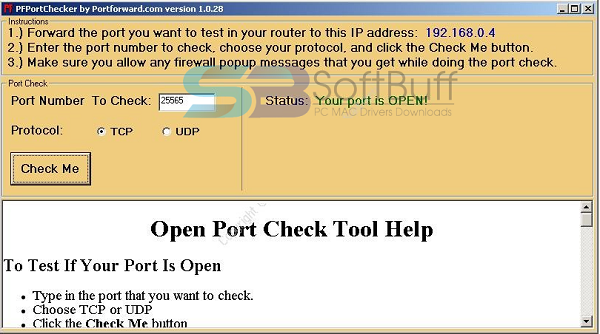

In programming APIs (not in communication between hosts), requests a system-allocated (dynamic) port On Unix-like operating systems, a process must execute with superuser privileges to be able to bind a network socket to an IP address using one of the well-known ports. They are used by system processes that provide widely used types of network services. The port numbers in the range from 0 to 1023 (0 to 2 10 − 1) are the well-known ports or system ports.

You can help by adding missing items with reliable sources. This is a dynamic list and may never be able to satisfy particular standards for completeness. This article lists port numbers and their associated protocols that have experienced significant uptake. Similarly, many of the official assignments refer to protocols that were never or are no longer in common use. However, many unofficial uses of both well-known and registered port numbers occur in practice. The Internet Assigned Numbers Authority (IANA) is responsible for maintaining the official assignments of port numbers for specific uses. They usually use port numbers that match the services of the corresponding TCP or UDP implementation, if they exist. The Transmission Control Protocol (TCP) and the User Datagram Protocol (UDP) only need one port for duplex, bidirectional traffic.

This is a list of TCP and UDP port numbers used by protocols for operation of network applications. ( Learn how and when to remove this template message) ( October 2016) ( Learn how and when to remove this template message) Unsourced or poorly sourced material may be challenged or removed. Please help improve this article by adding citations to reliable sources that describe the examples' significance, and by removing less pertinent examples. This article gives self-sourcing popular culture examples without describing their significance in the context of the article.


 0 kommentar(er)
0 kommentar(er)
